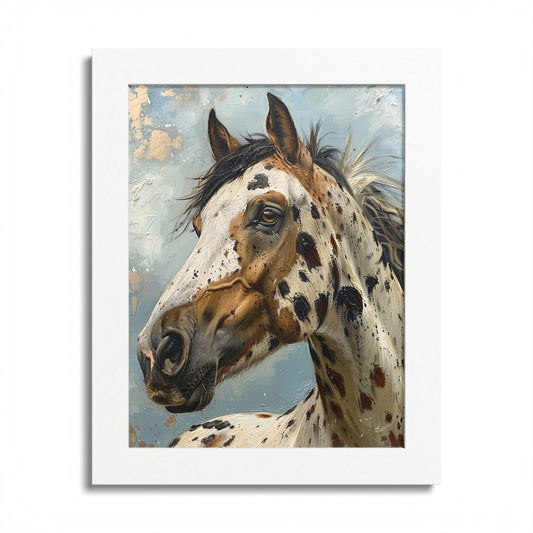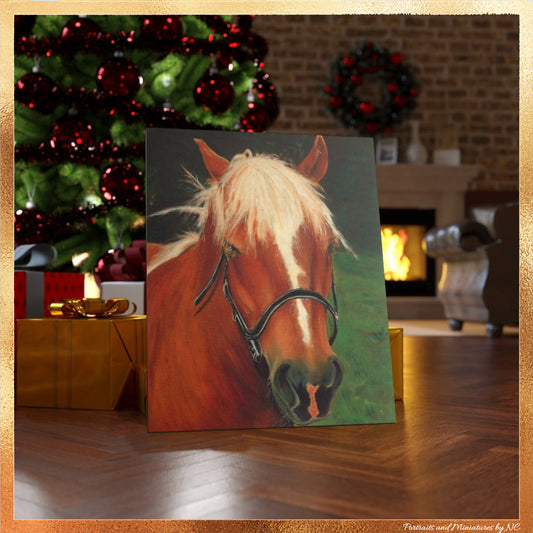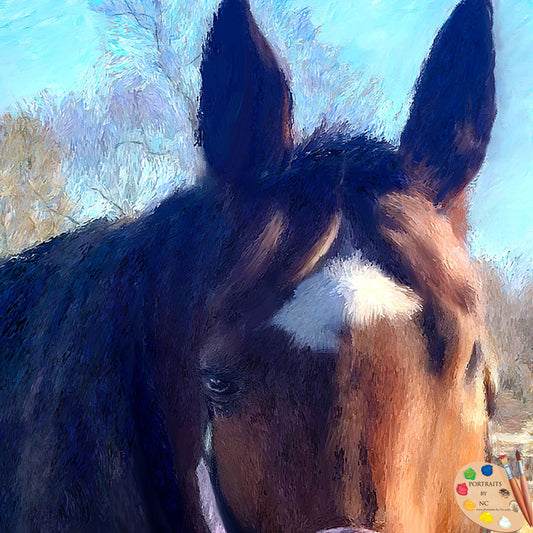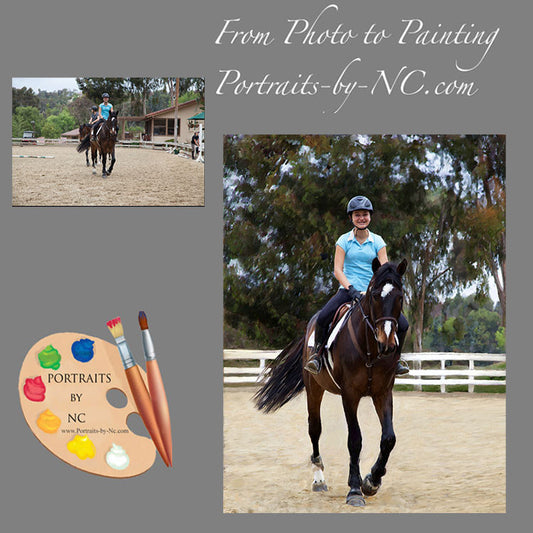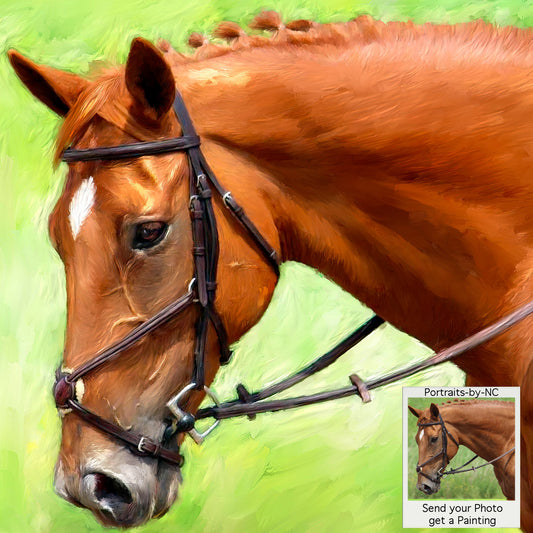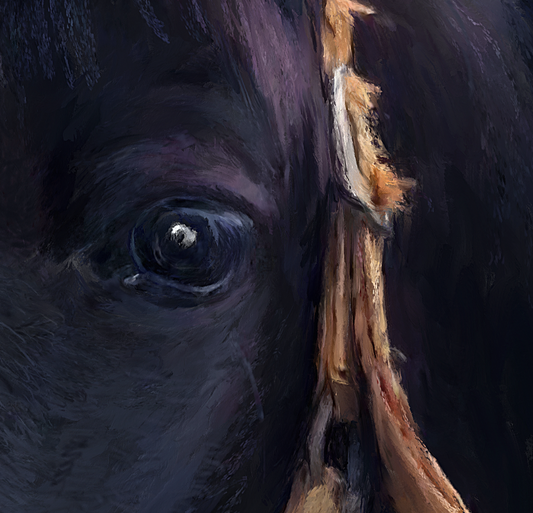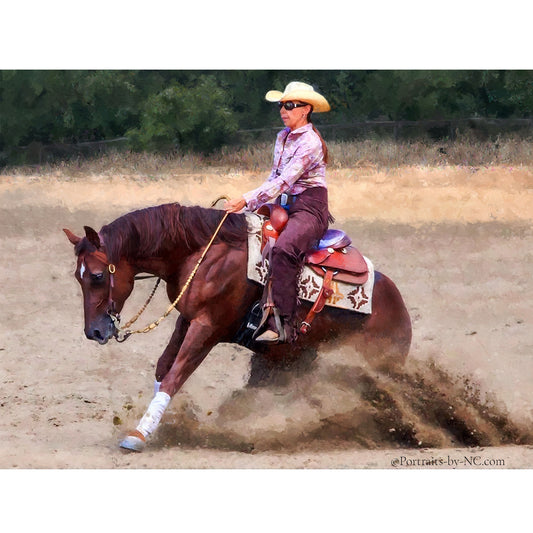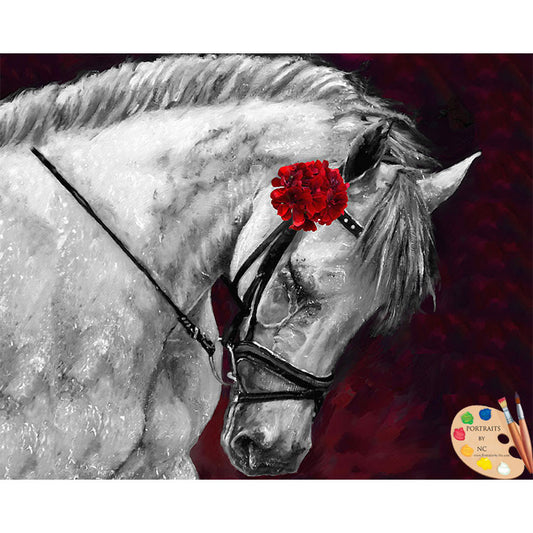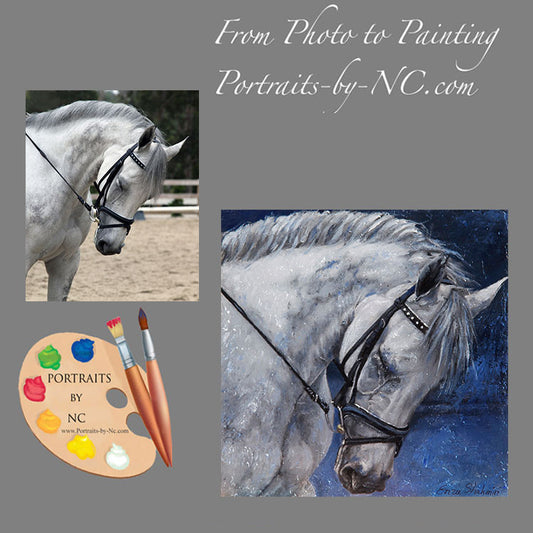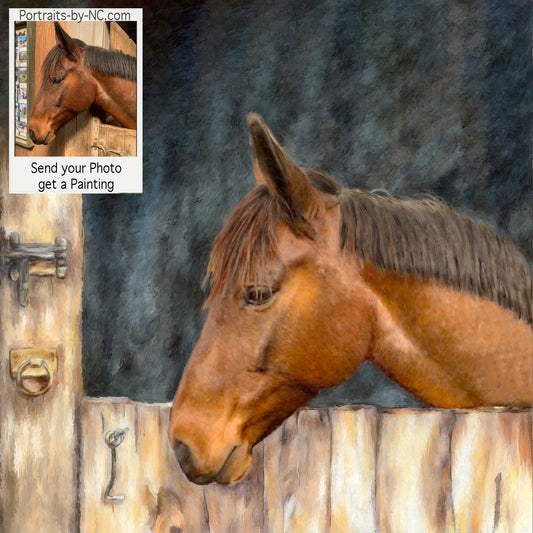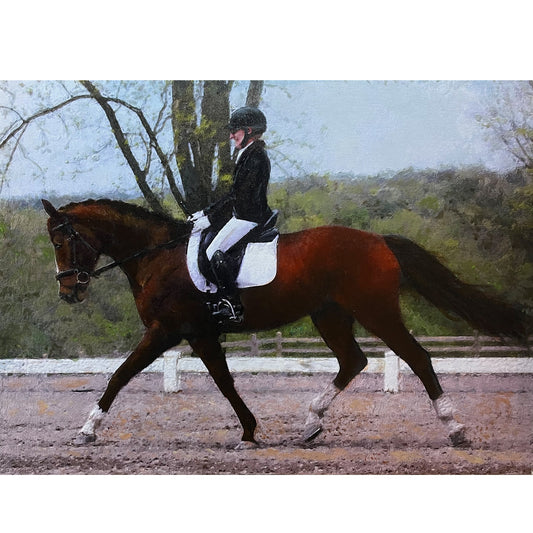How to Intesify Chroma
Share
In a recent search to come up with answers to this question, I searched through books and talked with friends, with whose help the following information was gathered....
 Sample by Daniel Martinez
Sample by Daniel Martinez
Special thanks to Graydon Parrish, Richard Bingham and Marcus Lim who helped to complete this list.
Sources: Solving Problems for Oil Painters by Gregg Kreutz
1. A picture gains in impact when you reduce the number of its values.
Surrounding areas should be grayed down.
2. How do we know when s.th is really bright?
a. It is high in the value scale and high in intensity.
Lightening with white decreases the intensity of a color, instead lighten with .....
b. burn out the surrounding areas, make dark things brighter.
Think of halo effect
3. Use pure color - straight out of the tube vividness.
4. Bright Red looks brighter if a red glow emenates from it.
Yellow looks more yellow if it permeates the atmosphere around it.
The message being that this color is so intense the air is saturated with it.
5. Forcing local complimentary contrasts will work to intensify chroma.
A "red" apple will seem far more intense against a "green" background
Surround the color with a dead neutral, which would be the maximum chroma difference.
6. Surround the color with its complement, which would be the maximum chroma difference.
7. Surround the color with the most distant value, which, of course, would be the maximum value difference.
8. Add the compliment
9. Avoid Titanium White - it kills chroma, to lighten mix in either Zinc (best) or Flake White (2n best)
10. Try glazing
 Sample by Daniel Martinez
Sample by Daniel MartinezSpecial thanks to Graydon Parrish, Richard Bingham and Marcus Lim who helped to complete this list.
Sources: Solving Problems for Oil Painters by Gregg Kreutz
































